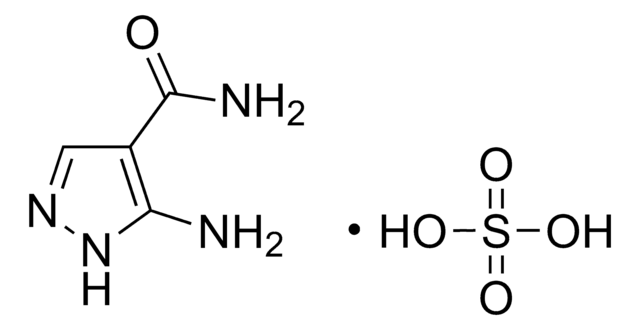MABF917
Anti-CRACC Antibody, clone 4G2
clone 4G2, from rat
Synonym(e):
SLAM family member 7, CD2-like receptor-activating cytotoxic cells, CRACC, Leukocyte cell-surface antigen, Novel Ly9, CD319
About This Item
Empfohlene Produkte
Biologische Quelle
rat
Qualitätsniveau
Antikörperform
purified antibody
Antikörper-Produkttyp
primary antibodies
Klon
4G2, monoclonal
Speziesreaktivität
mouse
Methode(n)
flow cytometry: suitable
immunoprecipitation (IP): suitable
Isotyp
IgG1κ
NCBI-Hinterlegungsnummer
UniProt-Hinterlegungsnummer
Posttranslationale Modifikation Target
unmodified
Angaben zum Gen
mouse ... Slamf7 (75345)
Allgemeine Beschreibung
Spezifität
Immunogen
Anwendung
Entzündung & Immunologie
Immunologische Signalübertragung
Flow Cytometry Analysis: A representative lot detected CRACC expression on the surface of many types of mouse immune system cells, including NK cells, NKT cells, B cells, DCs, macrophages and activated T cells (Cruz-Munoz, M.E., et al. (2009). Nat. Immunol. 10(3):297-305).
Affects Function: A representative lot, in combination with a rabbit anti-rat IgG, cross-linked cell surface CRACC and induced similar CRACC phosphorylation in IL-2-activated NK cells from wild-type, SAP-deficient, or EAT-2–ERT–double knock (DKO) mice (Cruz-Munoz, M.E., et al. (2009). Nat. Immunol. 10(3):297-305).
Immunoprecipitation Analysis: A representative lot, in combination with a rabbit anti-rat IgG and protein A, immunoprecipitated CRACC from lysates of IL-2-activated mouse NK cells (Cruz-Munoz, M.E., et al. (2009). Nat. Immunol. 10(3):297-305).
Qualität
Flow Cytometry Analysis: 0.1 µg of this antibody detected CRACC-positive mouse splenocytes.
Zielbeschreibung
Physikalische Form
Lagerung und Haltbarkeit
Handling Recommendations: Upon receipt and prior to removing the cap, centrifuge the vial and gently mix the solution. Aliquot into microcentrifuge tubes and store at -20°C. Avoid repeated freeze/thaw cycles, which may damage IgG and affect product performance.
Sonstige Hinweise
Haftungsausschluss
Sie haben nicht das passende Produkt gefunden?
Probieren Sie unser Produkt-Auswahlhilfe. aus.
Lagerklassenschlüssel
12 - Non Combustible Liquids
WGK
WGK 2
Flammpunkt (°F)
Not applicable
Flammpunkt (°C)
Not applicable
Analysenzertifikate (COA)
Suchen Sie nach Analysenzertifikate (COA), indem Sie die Lot-/Chargennummer des Produkts eingeben. Lot- und Chargennummern sind auf dem Produktetikett hinter den Wörtern ‘Lot’ oder ‘Batch’ (Lot oder Charge) zu finden.
Besitzen Sie dieses Produkt bereits?
In der Dokumentenbibliothek finden Sie die Dokumentation zu den Produkten, die Sie kürzlich erworben haben.
Unser Team von Wissenschaftlern verfügt über Erfahrung in allen Forschungsbereichen einschließlich Life Science, Materialwissenschaften, chemischer Synthese, Chromatographie, Analytik und vielen mehr..
Setzen Sie sich mit dem technischen Dienst in Verbindung.![(2S)-6-Amino-2-{[(9H-fluoren-9-ylmethoxy)carbonyl]amino}hexanoic acid](/deepweb/assets/sigmaaldrich/product/structures/208/694/eddf6778-ca06-4285-b640-a693f1ce3eda/640/eddf6778-ca06-4285-b640-a693f1ce3eda.png)
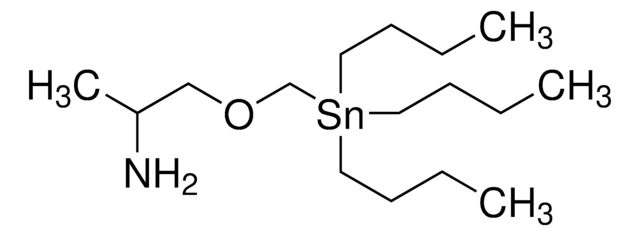
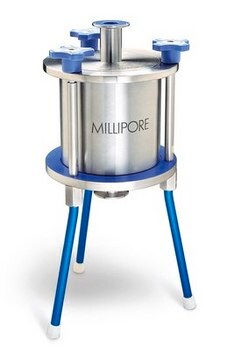
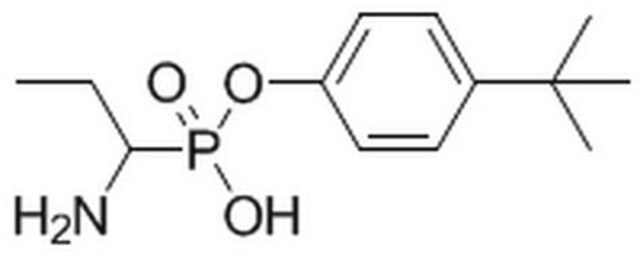

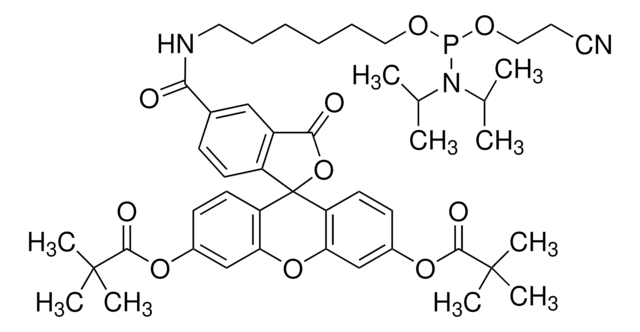
![1,3,8-triazaspiro[4.5]decane-2,4-dione AldrichCPR](/deepweb/assets/sigmaaldrich/product/structures/154/012/bf434fcc-95bc-4f79-8d16-67d62a49013a/640/bf434fcc-95bc-4f79-8d16-67d62a49013a.png)


